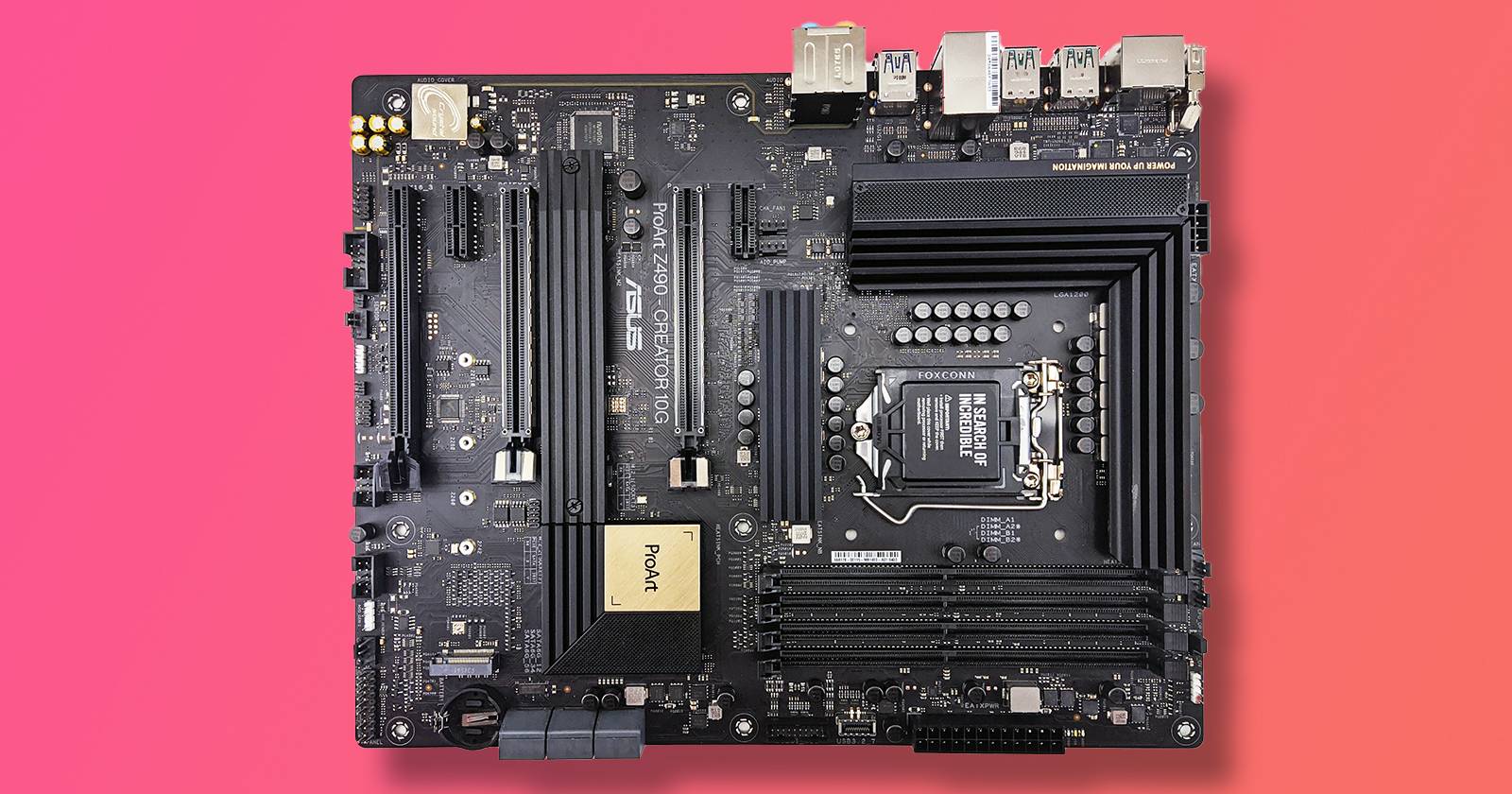Motherboard Form Factors: ATX vs mATX vs mITX vs E-ATX
Motherboard Form Factors: ATX vs mATX vs mITX vs E-ATX
When you're assembling a PC, one of the initial decisions you'll have to make is what size (form factor) motherboard to choose. It may seem bewildering with terminology such as ATX, mATX, mITX, and E-ATX, but don't get confused — it's simply a matter of size and functionality. Let me explain so you can choose the appropriate one for your system.
1. ATX (Advanced Technology eXtended)
- Size: Typical full-size board (approximately 12 x 9.6 inches).
- Features: Ample space for expansion slots (GPUs, SSDs, capture cards). Typically accommodates 4 RAM slots.
- Best for: Most gaming PCs and mid-to-high-end builds.
- Why choose it: Balanced size and features — the "default" for most PC builders.
2. mATX (Micro ATX)
- Size: Smaller than ATX (9.6 x 9.6 inches).
- Features: Fewer expansion slots but still accommodates up to 4 RAM slots.
- Best for: Budget builds or mid-range PCs when you don't want so many extras.
- Why choose it: Less expensive, can fit into smaller cases, and still gets the job done.
3. mITX (Mini ITX)
- Size: Small board (6.7 x 6.7 inches).
- Features: Only 1 PCIe slot, typically 2 RAM slots. Extremely limited expandability.
- Best for: Small form factor (SFF) builds, such as small gaming PCs or HTPCs (Home Theater PCs).
- Why choose it: Ideal if you need a compact, transportable, and minimalist form factor.
4. E-ATX (Extended ATX)
- Size: Larger than ATX (12 x 13 inches).
- Features: Additional room for additional RAM slots (up to 8), improved power delivery, and additional expansion capabilities.
- Best suited for: Enthusiast builds, workstations, or high-end gaming setups.
- Why choose it: Ultimate performance, cooling, and personalization — but requires an enormous case and a fat bank account.
Quick Conclusion
- ATX → The jack-of-all-trades. Ideal balance for the majority of gamers.
- mATX → Smaller, less expensive, but strong enough for budget/mid builds.
- mITX → Extremely compact, ideal for portable builds, but with limited upgrade options.
- E-ATX → Monster mode. For heavy users and workstation owners.
Final Thoughts
Your motherboard size determines your PC case size, expandability, and overall cost. As a new builder, ATX or mATX is most likely the way to go. Take it mITX if you want an extremely small, sleek build, or E-ATX if you're going whole hog.





Comments
Post a Comment